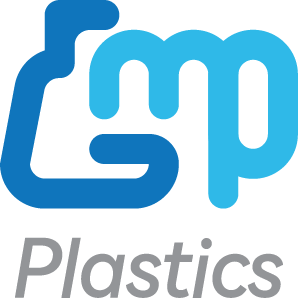Polyethylene terephthalate glycol-modified (PETG) is a variation of PET designed to improve flexibility and impact resistance. By introducing glycol during polymerization, PETG gains enhanced durability, making it suitable for a wide range of laboratory applications.
Chemical Structure and Modification
The addition of glycol to PET disrupts its crystalline structure, resulting in an amorphous polymer with greater flexibility. This modification reduces brittleness while maintaining clarity and chemical resistance, making PETG more adaptable to applications requiring durability and transparency.
Key Properties of PETG in Laboratories
PETG is widely chosen for labware due to the following attributes:
- High Impact Resistance – The material is more resistant to breakage than standard PET, making it ideal for applications requiring toughness.
- Excellent Transparency – Like PET, PETG offers high optical clarity, ensuring easy visibility of stored samples.
- Good Chemical Compatibility – PETG resists a broad range of chemicals, making it safe for storing biological and chemical solutions.
- Ease of Fabrication – PETG can be molded, shaped, and even 3D-printed into custom laboratory equipment.
Laboratory Applications of PETG
PETG is widely used in laboratory environments for:
- Media Bottles and Sample Containers – Its chemical resistance and durability make it suitable for holding cell culture media, reagents, and other laboratory solutions.
- Custom Labware and 3D Printing – Due to its flexibility and strength, PETG is frequently used in additive manufacturing to create specialized lab equipment.
- Protective Equipment – The material's impact resistance makes it suitable for safety goggles, face shields, and other protective gear used in laboratory settings.
Considerations and Limitations
Although PETG is highly versatile, certain limitations must be considered:
- Heat Sensitivity – PETG cannot withstand high-temperature sterilization methods such as autoclaving, requiring alternative sterilization techniques like chemical disinfectants or radiation.
- Limited Resistance to Harsh Chemicals – While PETG resists many solvents and chemicals, prolonged exposure to highly reactive substances can degrade its structure over time.
Conclusion
PETG is an excellent choice for laboratory applications requiring impact resistance, transparency, and chemical compatibility. While it may not be suitable for extreme heat or highly aggressive chemicals, its versatility and ease of processing make it an essential material for scientific research and labware production.




